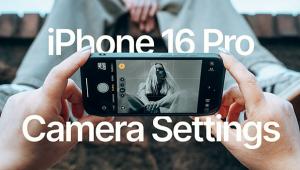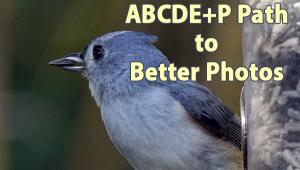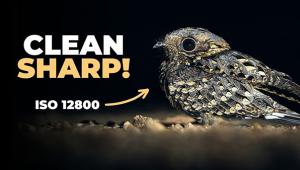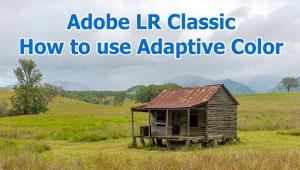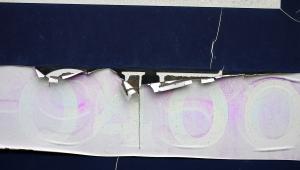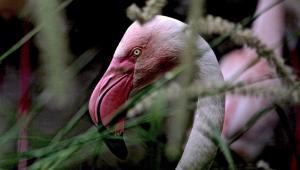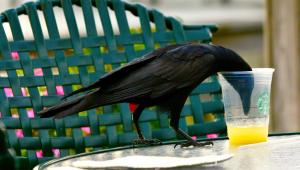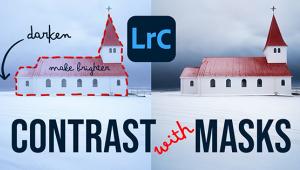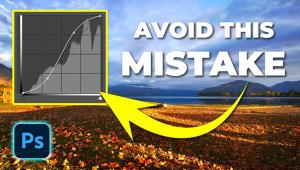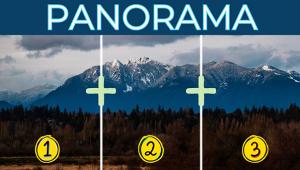Should You Apply a Camera's Crop Factor to Aperture? A Surprising Answer (VIDEO)
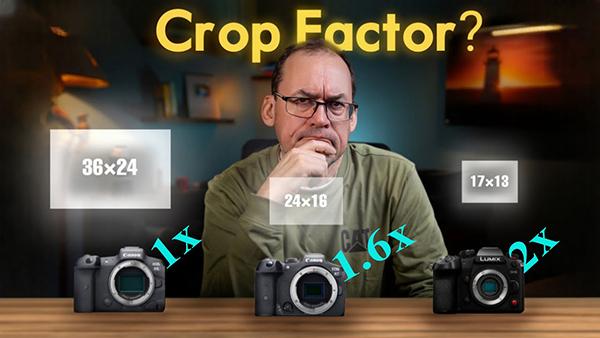
Unless you're shooting with a full-frame camera, crop factor is an important issue in a variety of ways. And to complicate matters, there are a variety of crop factors to consider, whether you're using an APS-C model, a high-end compact, a superzoom camera, or a pocket camera of various types.
Some photographers understand the implications of crop factor in terms of focal length, but this tutorial kicks off with a less familiar question; namely, should you apply the crop factor to aperture? There are several misunderstandings out there on this topic, and photographer Simon d'Entremont says one critical concept that's often ignored is known "equivalency."
In this episode Simon explores how crop factors and sensor sizes affect your camera settings and how a resulting photo appears. He prefaces his explanation by noting that "not everyone agrees with this." But Simon is a superb professional nature and wildlife photographer, so we always listen when he takes a controversial view.

Simon begins with illustrations that compare physical dimensions of the most common most common sensor sizes, including full-frame, APS-C, micro-four thirds, and those even smaller. He then discusses how these different types of sensor affect the images you capture in different ways.
It's important to remember that your lens doesn't project a rectangular image into your camera. Rather, as Simon says, "it projects an image circle into the camera from which the sensor records a rectangular section to capture the photo." Some shooters mistakenly believe that crop sensor lenses shrink the image to fit a smaller sensor, or full-frame lenses stretch images to fit these larger sensors. False!
Simon also explains that while a crop sensor captures the same light intensity (i.e. light per square centimeter)as larger sensors, a full frame sensor captures more total light—providing image-quality advantages for low-light photography.

Simon describes how all this theory impacts imaging characteristics like background blur, depth of field, and other key concerns. In practical terms, the crop factor can be applied to easily calculate the equivalent field of view that smaller sensors provide as compared to full frame. In other words, a 32mm lens on a full-frame camera is equivalent to a 20mm ultra-wide lens on an APS-C camera.
At this point you're probably wondering how all this affects aperture, right? Well, an understanding of the foregoing was necessary to make it easy to evaluate Simon's view on this subject and determine if it works for you. After hearing him out, head over to his informative YouTube channel for more great tips on techniques and gear.
We also suggest watching the tutorial we posted recently from another accomplished pro, so you can determine if your unsharp photographs are due to a faulty lens or a bad filter.
- Log in or register to post comments
